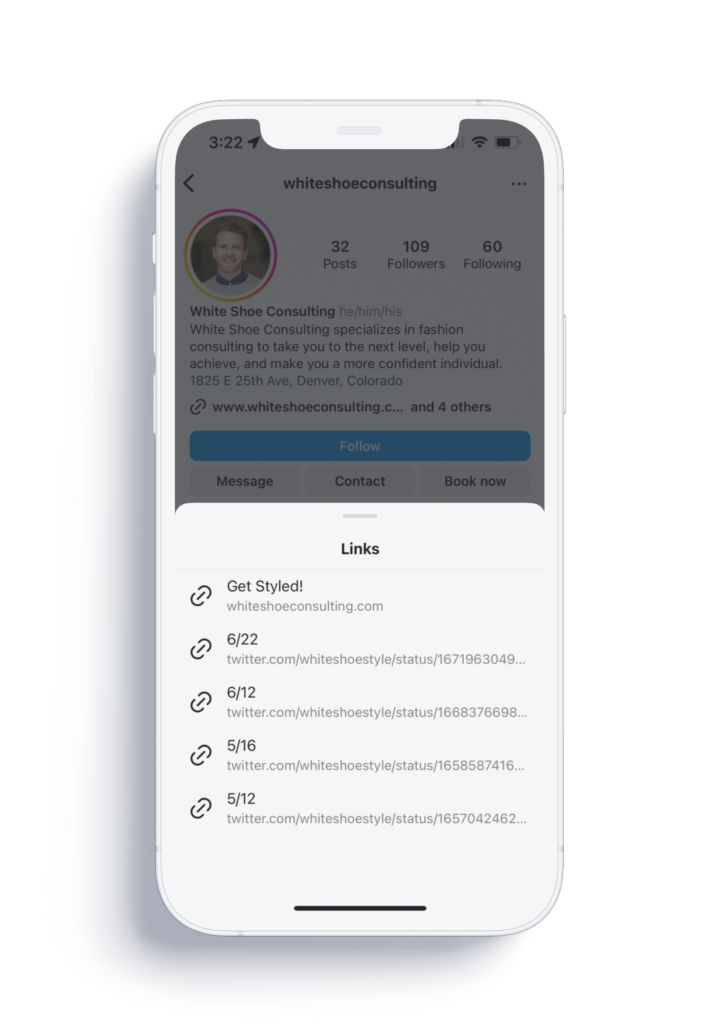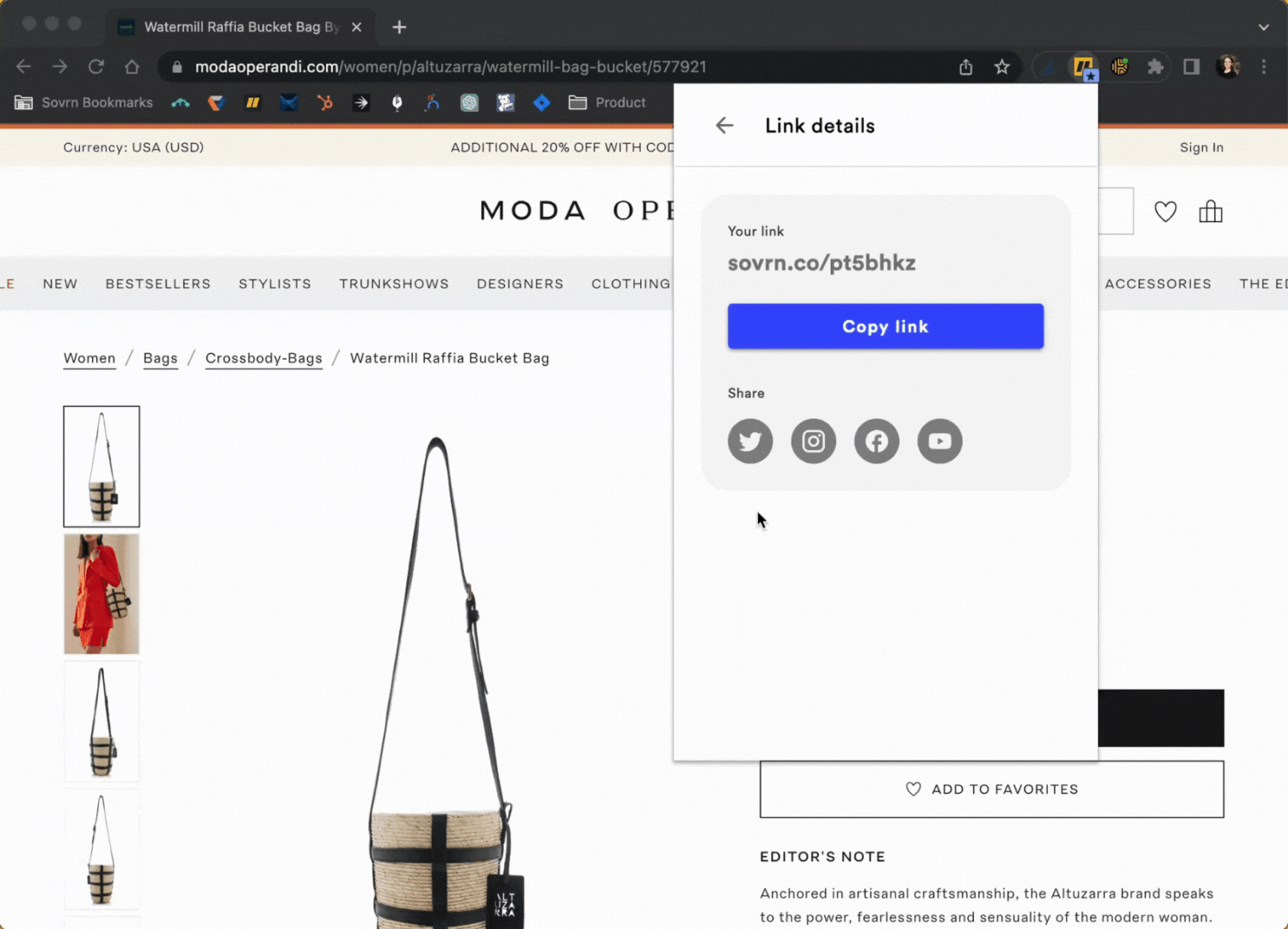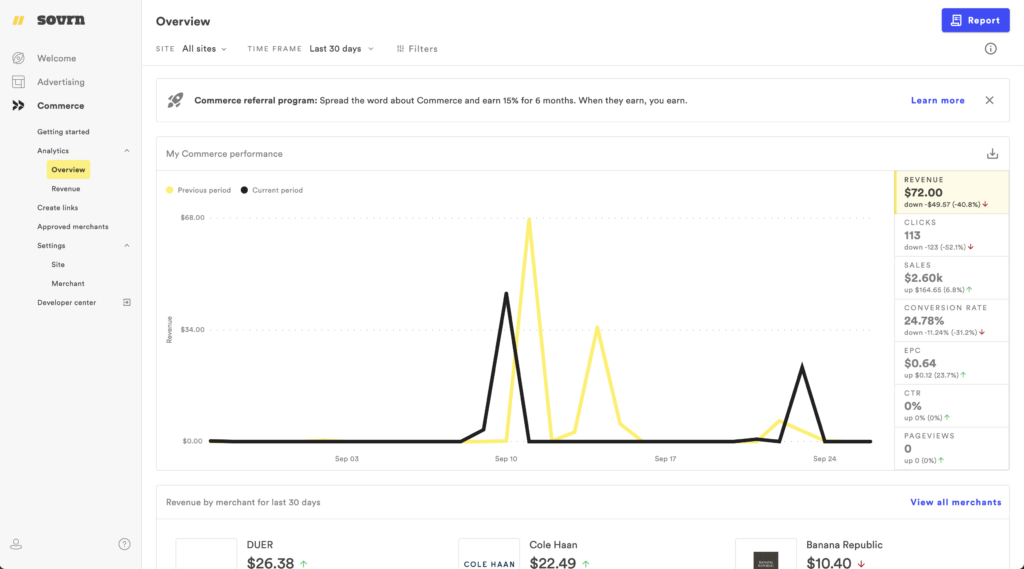Social media offers tremendous opportunities for affiliate marketers, across a wide variety of channels including YouTube, TikTok, Instagram, and Pinterest. But getting started can be overwhelming, and every channel is unique.
That’s why we created this “Social Media Affiliate Marketing 101” series, to help demystify the strategy and tactics you’ll need to start earning on each social channel. In this article, we’ll dig into affiliate marketing for Instagram.
Our resident expert is Spencer Shimada, a long-time tech professional who runs a virtual wardrobe styling business — White Shoe Consulting — with a strong social media component. Following are seven of his top recommendations for anyone looking to get started with affiliate marketing on Instagram.
1. Understand the channel’s strengths — and its limitations
Instagram is a highly visual channel, so it’s great for publishers who create image- and video-based content. “I use Instagram to share ‘before and after’ photos and show off the look books I create for my clients,” Spencer says. “It gives my audience some inspiration and gives them a better idea of the products that are available — and it’s a great way to demonstrate the service I provide.”
Unfortunately for publishers, Instagram doesn’t offer a way to include clickable links in individual posts — but that doesn’t mean you can’t earn affiliate revenue on the channel. When you create an Instagram Story, you have the option to add a customized link — which can be used to drive affiliate traffic. (Keep in mind, however, Stories are temporary and disappear after 24 hours.) You can also add up to five clickable links in your Instagram bio… which brings us to our next tip.

2. Link your social channels
Because every social channel is different, smart publishers coordinate their affiliate strategy to take advantage of each channel’s strengths. For example, X (formerly known as Twitter) allows you to include multiple links in every post — so it’s a powerful tool for affiliate marketers.
“On Twitter/X, I can create a post that links to every item in a given lookbook — and then in my Instagram bio, I include links to my most recent Twitter posts,” Spencer explains. It may take some creativity, but combining the capabilities of different social channels opens up more earning opportunities.

3. Leverage the right technology
No matter what channel(s) you’re focused on, you can’t earn affiliate revenue without affiliate links. It’s as simple as that. So find a technology partner that makes it easy to build and manage affiliate links across all your social channels, your website, and all your other online properties.
The Sovrn Commerce platform lets you easily generate links in a variety of ways, including our browser interface, mobile app, and Chrome extension. Once you create a link, you can edit it at any time and it will automatically be updated throughout your content.
“I currently manage all my Instagram posts on my desktop. The Chrome extension for Sovrn Commerce lets me create those links in just a few clicks,” Spencer tells us. “And with the Commerce mobile app (coming soon), I’ll be able to create links on mobile and utilize the Instagram app to grow my business on the fly.”

4. Focus on building an audience
Affiliate marketing on Instagram is all about building relationships — which means it’s a long-term strategy. You can’t dabble in social media and expect to earn reliable affiliate revenue.
“Too many people focus on getting that one viral post, which is almost impossible,” Spencer says. “Instead, be consistent with your content so you can build a loyal following. Find a cadence that works for you and keeps your audience engaged — and then stick with it.”
5. Don’t be afraid to make mistakes
There’s no silver bullet when it comes to Instagram. In fact, there are countless ways to succeed. So don’t spend too much time trying to create a perfect post or figuring out the perfect time to publish.
“People often get hung up on perfection when they’re first getting started, but making mistakes can be a good thing,” Spencer says. “There’s going to be a lot of trial and error before you figure out what works for your brand and your audience.”
6. See what’s working and what’s not
As you build your affiliate strategy, it’s important to understand what readers want and how they’re responding to your content. So having accurate, timely performance data is critical. Sovrn Commerce puts real-time performance insights at your fingertips, with our real-time analytics dashboard.
“With the real-time analytics in the Commerce platform, I can see which clients are viewing their look books, clicking the links, and making a purchase,” Spencer says. “It’s super helpful for me to keep track of exactly what’s going on in my business.”

7. Embrace the potential of AI
Doing more with less is critical for publishers today — especially when you’re exploring a new channel. Creating new content on a consistent basis can be challenging, so Spencer recommends testing out AI-powered tools to help you generate new content ideas and explore fresh story angles.
“AI is no replacement for your own creativity and that ‘personal touch’ you bring to your audience, but it can make your job a little easier,” he says. (You can also read our H1 2023 Data Insights Report for more ideas to help you make the most of your limited resources.)
Ready to get started?
Sovrn Commerce is the fastest, most flexible way to build an affiliate marketing program, optimize your affiliate strategy, and earn affiliate revenue — no matter what channel you’re focused on. If you’re not using Sovrn Commerce yet, sign up now! It only takes a few minutes, and once you’re approved you can start earning right away.
If you’re already partnering with Sovrn, feel free to reach out with questions. Our support team is standing by to help you reach your audience — and your affiliate revenue goals.
Interested in affiliate marketing on other social media channels?
Check out these guides for more tips and tricks:

